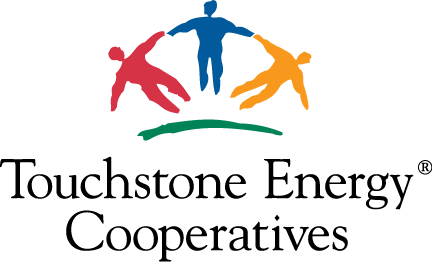Our Vegetation Management Contractors follow guidelines set forth by the Utility Arborist Association, Tree Care Industry Association, and the National Electric Safety Code. Trees that are pruned according to these standards are much more likely to maintain a healthy structure and appearance after pruning is complete.
Our crews are trained and qualified to recognize and rectify hazardous vegetation-related issues while minimizing the risks to our communities’ beautiful trees.
How much does Consolidated remove from trees?
The amount of pruning and type of pruning is determined by the following factors:
- Tree species
- Growth rate (how much the tree will grow after pruning)
- Wood strength (likelihood of limb failure under snow, ice, or strong wind)
- Conductivity (how well the wood can conduct electricity)
- Branch size (larger-diameter limbs are heavier and pose greater risks to powerlines)
- Line voltage (higher voltage lines require greater clearance)
- Multi-phase lines
- Tree location in relation to protective devices, electrical equipment, and critical points in the circuit
- Tree location in relation to general public safety
Directional Pruning – NOT Topping

Our crews avoid “topping” trees, a practice that leaves trees vulnerable to decay and infestation, and leads to increased, undesirable regrowth. After a tree has been “topped,” regrowth forms as water-sprouts – growth shoots that originate from growth nodes on the surface or buried in the old wood of a plant. These sprouts (pictured below) are very weak and are likely to fail and cause power interruption in the future.







